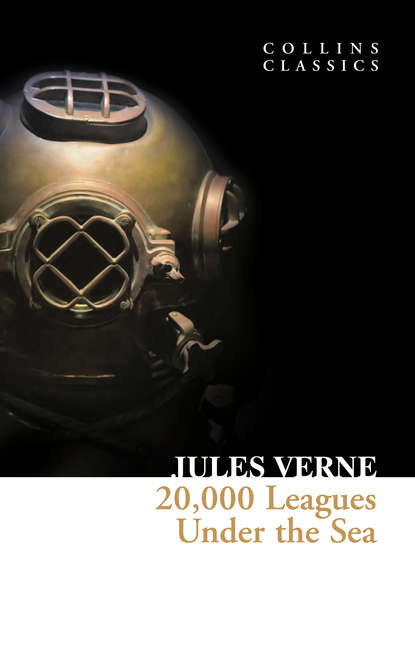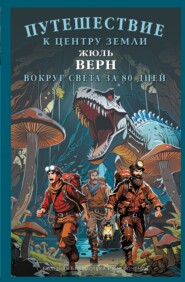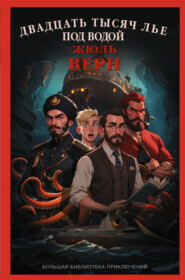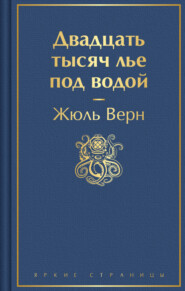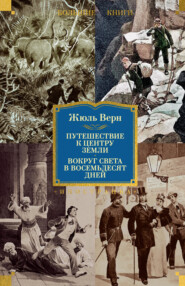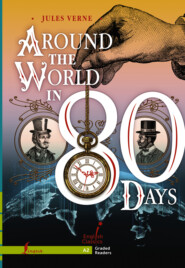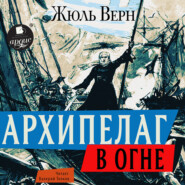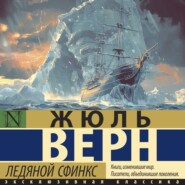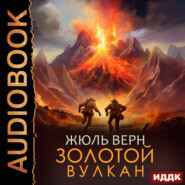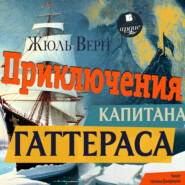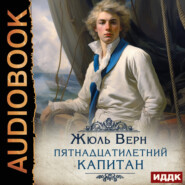По всем вопросам обращайтесь на: info@litportal.ru
(©) 2003-2024.
✖
20,000 Leagues Under The Sea
Настройки чтения
Размер шрифта
Высота строк
Поля
Lost in wonder, we stood before these windows, and none of us had broken this silence of astonishment when Conseil said, –
‘Well, friend Ned, you wanted to look; well, now you see!’
‘It is curious!’ exclaimed the Canadian, who, forgetting his anger and projects of flight, was under the influence of irresistible attraction. ‘Who wouldn’t come for the sake of such a sight?’
‘Now I understand the man’s life,’ I exclaimed. ‘He has made a world of marvels for himself?’
‘But I don’t see any fish,’ said the Canadian.
‘What does it matter to you, friend Ned,’ answered Conseil, ‘since you know nothing about them?’
‘I! A fisherman!’ cried Ned Land.
And thereupon a dispute arose between the two, for each had some knowledge of fish, though in a very different way.
Perhaps Conseil knew much more, and now that he had made friends with Ned, he could not allow himself to seem less learned than he. He accordingly said to him, –
‘Ned, you are a killer of fish – a very skilful fisher. You have taken a great number of these interesting animals. But I wager that you do not know how they are classified.’
‘Yes, I do,’ answered the harpooner. ‘They are classified into fish that are good for food and fish that are not.’
‘That is a greedy distinction,’ answered Conseil. ‘But do you know the difference between bony and cartilaginous fish?’
‘Perhaps I do, Conseil.’
‘And the subdivision of these two grand classes?’
‘I dare say I do,’ answered the Canadian.
‘Well, listen and remember! The bony fish are sub-divided into six orders. First, the acanthopterygians, of which the upper jaw is complete, mobile with gills in the form of a comb. This order comprises fifteen families – that is to say, the three-fourths of known fish. Type: the common perch.’
‘Perch!’ said the Canadian disdainfully; ‘fresh-water fish!’
‘Second,’ continued Conseil, ‘the abdominals, an order of fish whose ventral fins are placed behind the pectoral, without being attached to the shoulder-bones – an order which is divided into five families, and comprises most fresh-water fish. Type: the carp, roach, salmon, pike, etc.’
‘Pretty good eating,’ answered Ned Land.
‘Third,’ said Conseil, ‘the subrachians, with ventral fins under the pectoral, and fastened to the shoulder-bones. This order contains four families. Type: plaice, mud-fish, turbots, brills, soles, etc.’
‘Excellent!’ cried the harpooner, who would only think of them from their eatable point of view.
‘Fourth,’ said Conseil, nowise confused, ‘the apods with long bodies and no ventral fins, covered with a thick and often sticky skin – an order that only comprises one family. Type: the eel, wolffish, sword-fish, lance, etc.’
‘Middling! – only middling!’ answered Ned Land.
‘Fifth,’ said Conseil, ‘the lophiadae, distinguished by the bones of the carpus being elongated, and forming a kind of arm, which supports the pectoral fins. Type: the angler, or fishing-frog.’
‘Bad!’ – replied the harpooner.
‘Sixth and last,’ said Conseil, ‘the plectognathes, which include those which have the maxillary bones anchylosed to the sides of the intermaxillaries, which alone form the jaws – an order which has no real ventral fins, and is composed of two families. Type: the sun-fish.’
‘Which any saucepan would be ashamed of!’ cried the Canadian.
‘Did you understand, friend Ned?’ asked the learned Conseil.
‘Not the least, friend Conseil,’ answered the harpooner. ‘But go on, you are very interesting.’
‘As to the cartilaginous fish,’ continued the imperturbable Conseil, ‘they only include three orders.’
‘So much the better,’ said Ned.
‘First, the cyclostomes, with circular mouths and gills opening by numerous holes – an order including only one family. Type: the lamprey.’
‘You must get used to it to like it,’ answered Ned Land.
‘Second, the selachü, with gills like the cyclostomes, but whose lower jaw is mobile. This order, which is the most important of the class, includes two families. Type: sharks and rays.’
‘What!’ cried Ned; ‘rays and sharks in the same order? Well, friend Conseil, I should not advise you to put them in the same jar.’
‘Third,’ answered Conseil, ‘the sturiones, with gills opened as usual by a single slit, furnished with an operaculum – an order which includes four genera. Type: the sturgeon.’
‘Well, friend Conseil, you have kept the best for the last, in my opinion. Is that all?’
‘Yes, Ned,’ answered Conseil; ‘and remark that even when you know that you know nothing, for the families are subdivided into genera, sub-genera, species, varieties.’
‘Well, friend Conseil,’ said the harpooner, leaning against the glass of the panel, ‘there are some varieties passing now.’
‘Yes! – some fish,’ cried Conseil. ‘It is like being at an aquarium.’
‘No,’ I answered, ‘for an aquarium is only a cage, and those fish are as free as birds in the air.’
‘Well, now, Conseil, tell me their names! – tell me their names!’ said Ned Land.
‘I?’ answered Conseil; ‘I could not do it; that is my master’s business.’
And, in fact, the worthy fellow, though an enthusiastic classifier, was not a naturalist, and I do not know if he could have distinguished a tunny-fish from a bonito. The Canadian, on the contrary, named them all without hesitation.
‘A balister,’ said I.
‘And a Chinese balister too!’ answered Ned Land.
‘Genus of the balisters, family of the scleroderms; order of the plectognaths,’ muttered Conseil.
Decidedly, between them, Ned Land and Conseil would have made a distinguished naturalist.
The Canadian was not mistaken. A shoal of balisters with fat bodies, grained skins, armed with a spur on their dorsal fin, were playing round the Nautilus and agitating the four rows of quills bristling on either side of their tails. Nothing could be more admirable than their gray backs, white stomachs, and gold spots that shone amidst the waves. Amongst them undulated skates like a sheet abandoned to the winds, and with them I perceived, to my great joy, the Chinese skate, yellow above, pale pink underneath, with three darts behind the eye – a rare species.
For two hours a whole aquatic army escorted the Nautilus. Amidst their games and gambols, whilst they rivalled each other in brilliancy and speed, I recognised the green wrasse, the surmullet, marked with a double black stripe; the goby, with its round tail, white with violet spots; the Japanese mackerel, with blue body and silver head; gilt heads with a black band down their tails; aulostones with flute-like noses, real sea-woodcocks, of which some specimens attain a yard in length; Japanese salamanders; sea-eels, serpents six feet long with bright little eyes and a huge mouth bristling with teeth.





